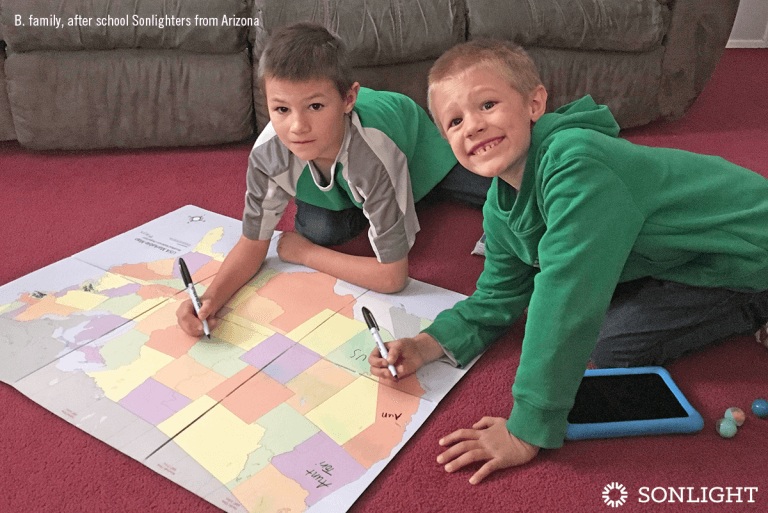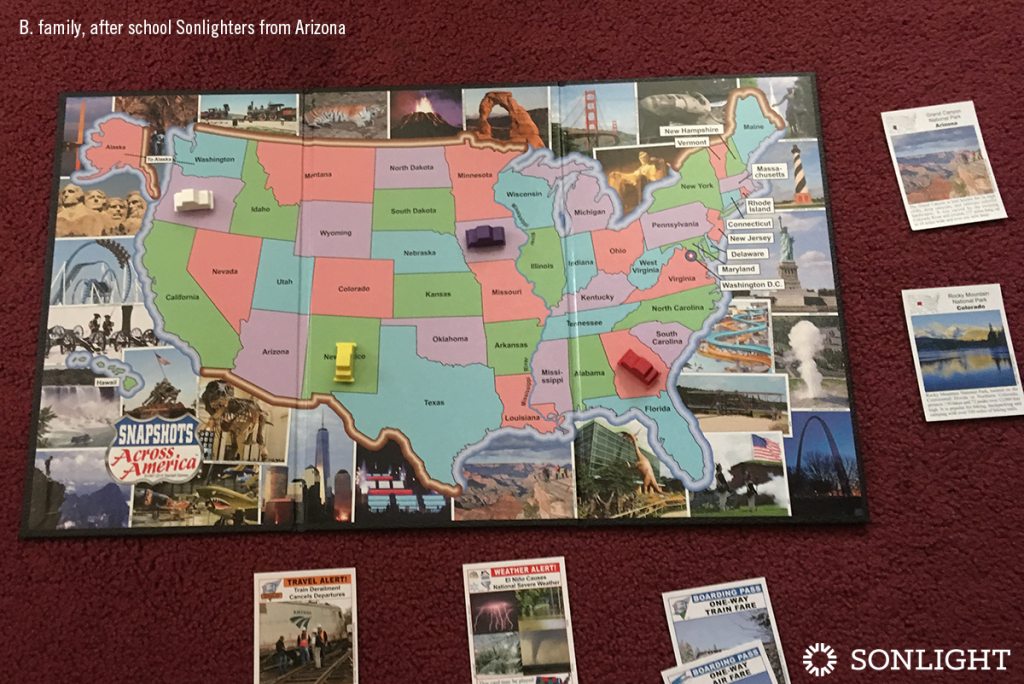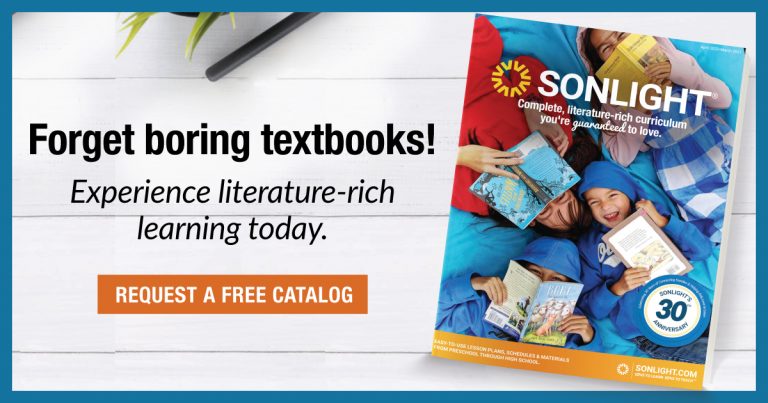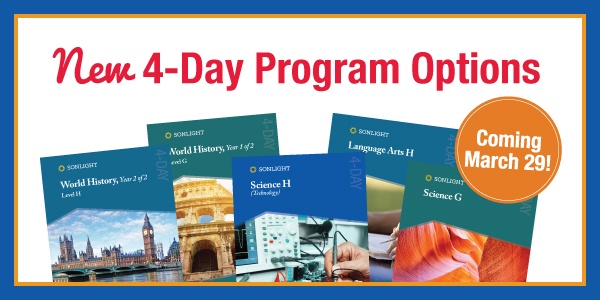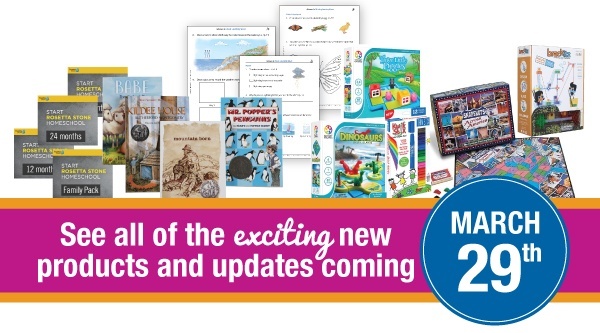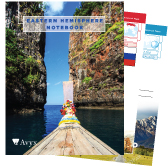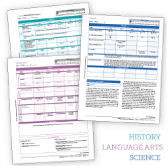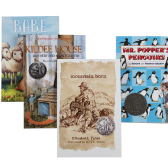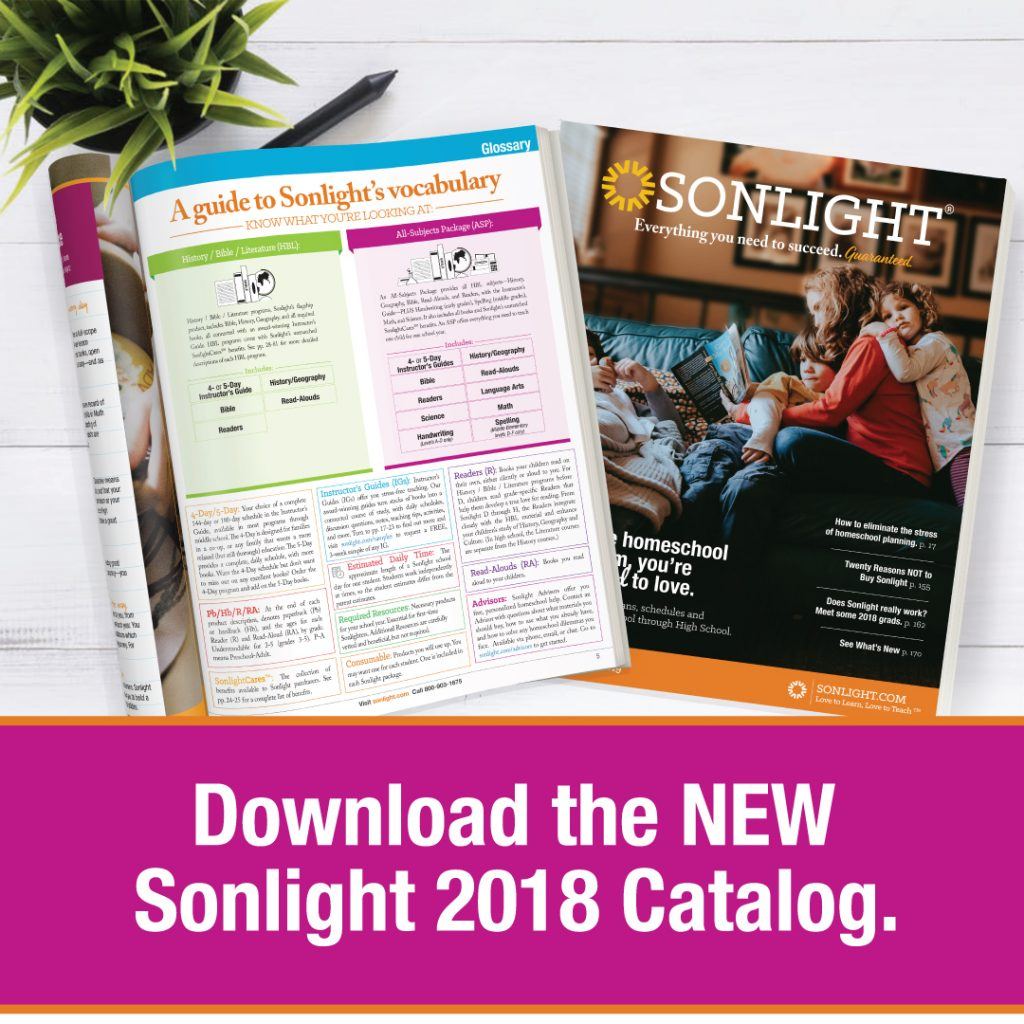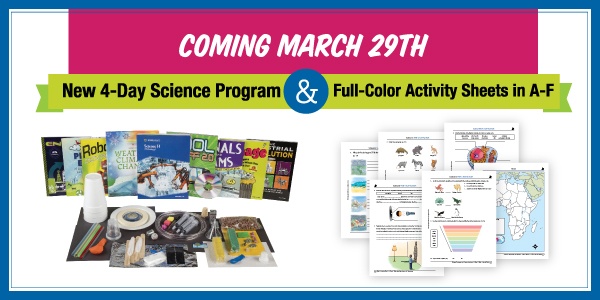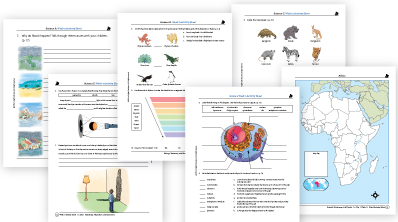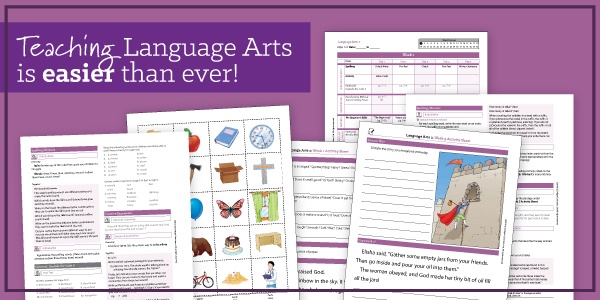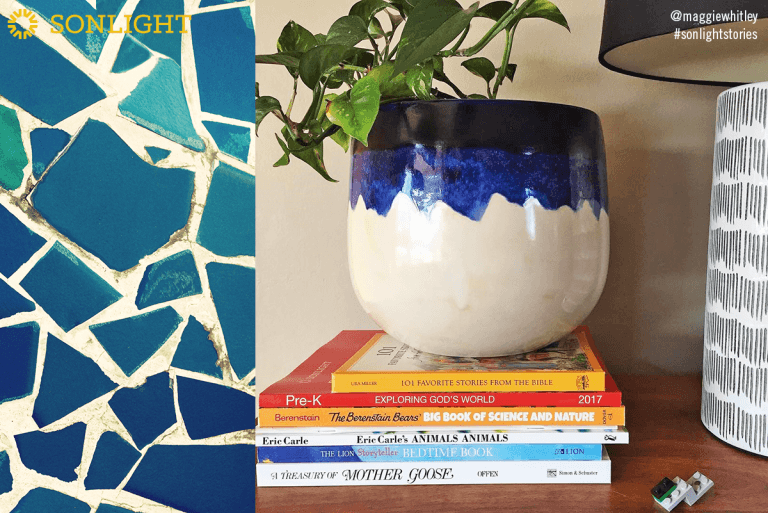
- Help! My child is smarter than I am. Can I still homeschool?
- What about chemistry!?
- If I homeschool, am I robbing my child of the chance to learn from someone who knows more than I do?
Have you ever asked yourself one of these questions or felt outsmarted by your child?
I recently heard about a mom who says she would like to homeschool, but feels she can't. Why? Because her children are beyond her in certain subjects, and she is afraid she might not know enough. Even for moms who are generally confident, the question comes to mind: How do you teach subjects you don't know very well yourself?
Want to know a secret? Lean in.
The sentence, "I don't know; let's find out," ranks among the most valuable tools you have as a homeschool mom!
You will never know everything. Your kids will hopefully surpass you in knowledge, and that is your aim! You will serve your children best when you don’t just feed them facts but give them tools to teach themselves and learn from experts in a variety of fields.
If the idea of teaching calculus and chemistry makes us nervous, that's understandable, but we have to shift our thinking. We must move from a mindset that we have to know everything and pass that knowledge directly onto our kids, to a mindset of equipping them with resources to learn. We want to teach them how to seek out the information they need and connect them with experts through great curriculum or in-person opportunities.
Though you may not be an expert on everything, you are the leading expert on your child.
The beauty of homeschooling is that you care about your child more than anyone, and that makes you an ideal person to help them find resources to go as far as they can in learning.
Here are 6 things to remember when you are doubting your ability to teach subjects you don't know.
1. Teach Your Children How to Learn
Don’t just fill the bucket; light the fire. Of course you don’t want to limit your children’s knowledge to only what you know! Teach your children to develop the skill of independent learning. Part of this dynamic is the character quality of initiative. Rather than your children waiting for someone to hand them something or tell them the right answer, demonstrate for them how to take initiative, find resources and chase ideas. Show them how they can glean information from dictionaries, atlases, maps, bibliographies, libraries, search engines, and databases. Set them on the journey of learning and watch them go!
2. Lean on Great Resources
This is where you become a resource finder and more of a learning coach than the sole teacher. You can find quality curriculum where that author serves as the expert while you help your students set goals, structure their learning, offer accountability, discuss what they are learning, check progress, and tie it all together.
3. Learn Together
While I personally was good at algebra, I did not have a mind good at geometry. So, when I went to teach geometry to my son Luke, we did the lessons together. We came up with strategies, talked through solutions, and I found I understood it much better the second time around.
4. Share the Load
Do you know a family with an engineering background that would love to do a STEM club on weekends? A mom who has a flair for writing or is fluent in a foreign language? We all have different strengths and weaknesses. One person loves to sew. Another faints at the thought of handcrafts. Make a trade: offer writing instruction for sewing class or Algebra coaching for cooking lessons. Remember that you don’t have to be good at or even like teaching everything. Find someone who loves what your child wants to know and make it happen! If you can tap into the idea of the whole community at your fingertips, you have an amazingly broad base for an education.
5. Expand into Your Community
Beyond the experts you can find in your curriculum, the web, the library and other parents you know, you can expand your base within your broader community. Many families take courses at local junior colleges or community colleges. You can also think outside the box and find experts to mentor in your community. When you need to teach subjects you don't know, the options are endless: art schools, banks, zoos, or local businesses. Engage tutors, community leaders, therapists, sports coaches, directors, and other locals who might take on interns or volunteers, teach classes, tutor or otherwise coach or train in some capacity.
Your students may gain unique experiences and some of these relationships could even lead to job shadowing opportunities or future jobs. Encourage your kids that it never hurts to ask politely, and they will learn great lessons in networking!
6. Stay Humble
You can't teach everything by 18. Even with all the resources in the world, you can only squeeze so much learning into a child’s life by graduation. Trust that your children can—and will—continue the process of learning beyond your homeschool.
So, if you’re wondering if you are smarter than a fifth grader and feeling doubtful, leave the fear behind and enjoy the adventure of learning along with your kids. You can adjust the perspective from "I have to have all the answers" to "I am here to empower my children to find the information they need and facilitate their growth.” You get to specialize in knowing your child’s personality and needs and act as an advocate and coach in learning.


